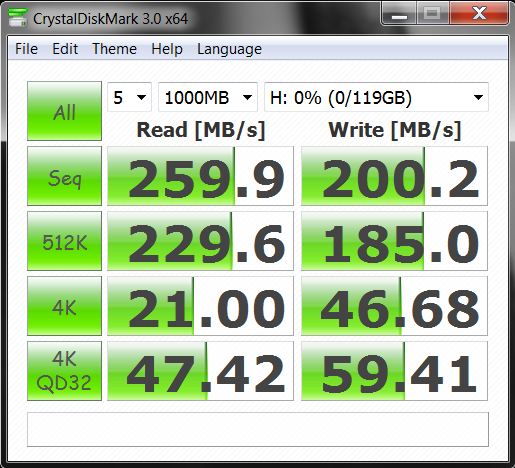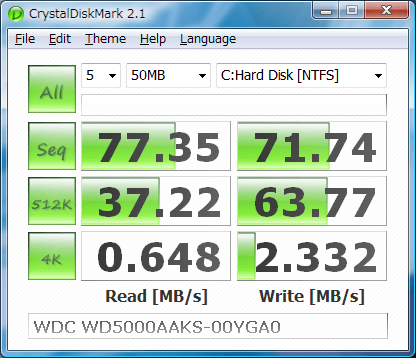

It shows us the process of scanning the disk, showing us the sectors already checked. Mount point already identified we proceed to execute badblocks from the terminal, in my case the disk that I am going to repair has the mount in / dev / sdb sudo badblocks -s -v -n -f /dev/sdb Once this is done, we will see the mounting point that our disk has, now it is important that the disk that we are going to analyze and repair with badblocks is not in use, so it is the disk where you currently have your system, I recommend you use a Live CD / USB of your system.

In Linux they do the same thing that is to encapsulate or isolate the sectors that are damaged, in this way the disk will avoid storing the information in these sectors that are no longer optimal for it.

While in Linux we have some very effective tools and quite powerful for this type of task, this is excellent since we are not going to break our heads looking among the many that exist for Windows and most of them are based on the same method. I have recently given myself the task of maintaining my equipment, so, within the tasks, identify that my hard drive already has some bad sectors which has been the cause that has slowed down its operation a bit.


 0 kommentar(er)
0 kommentar(er)
